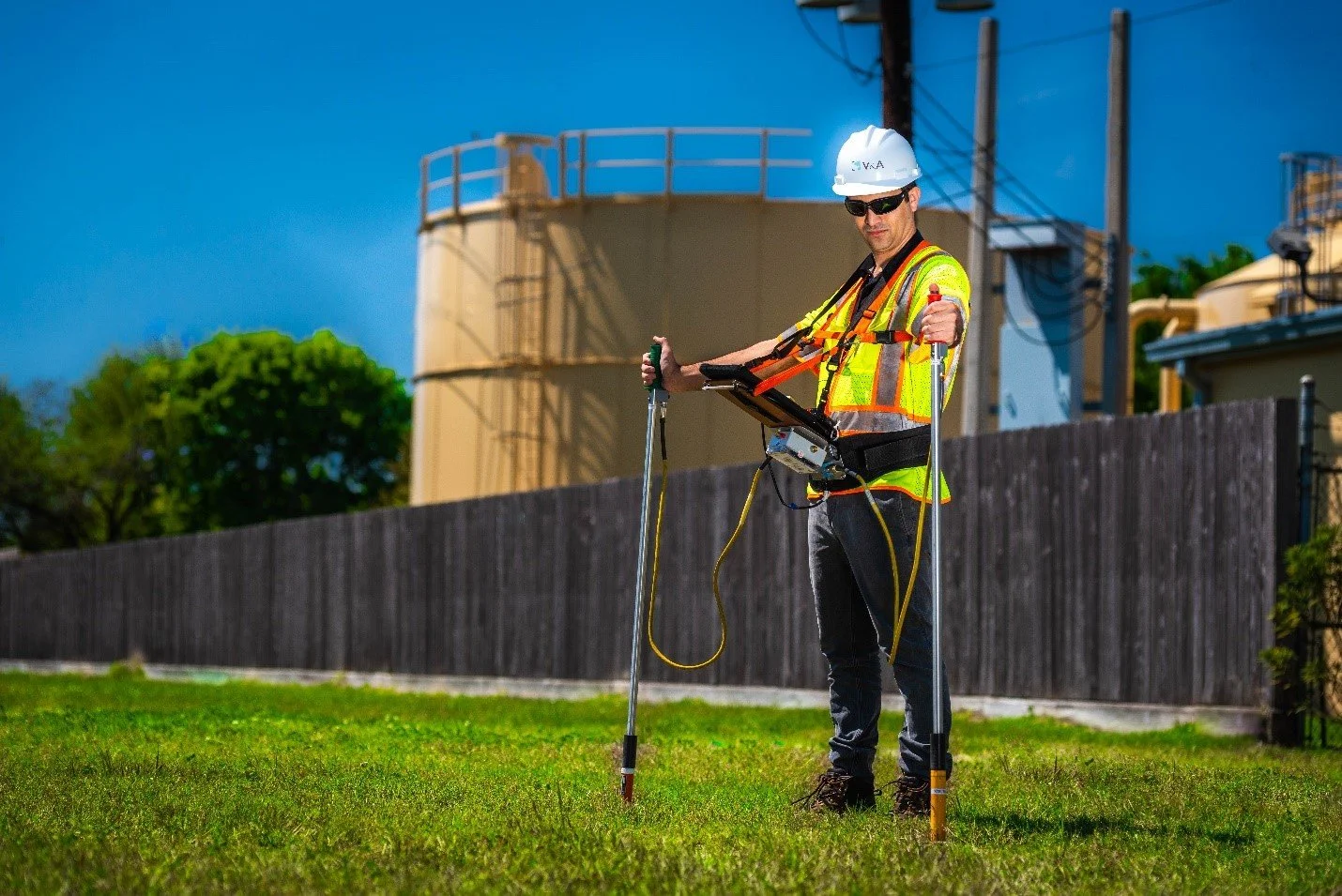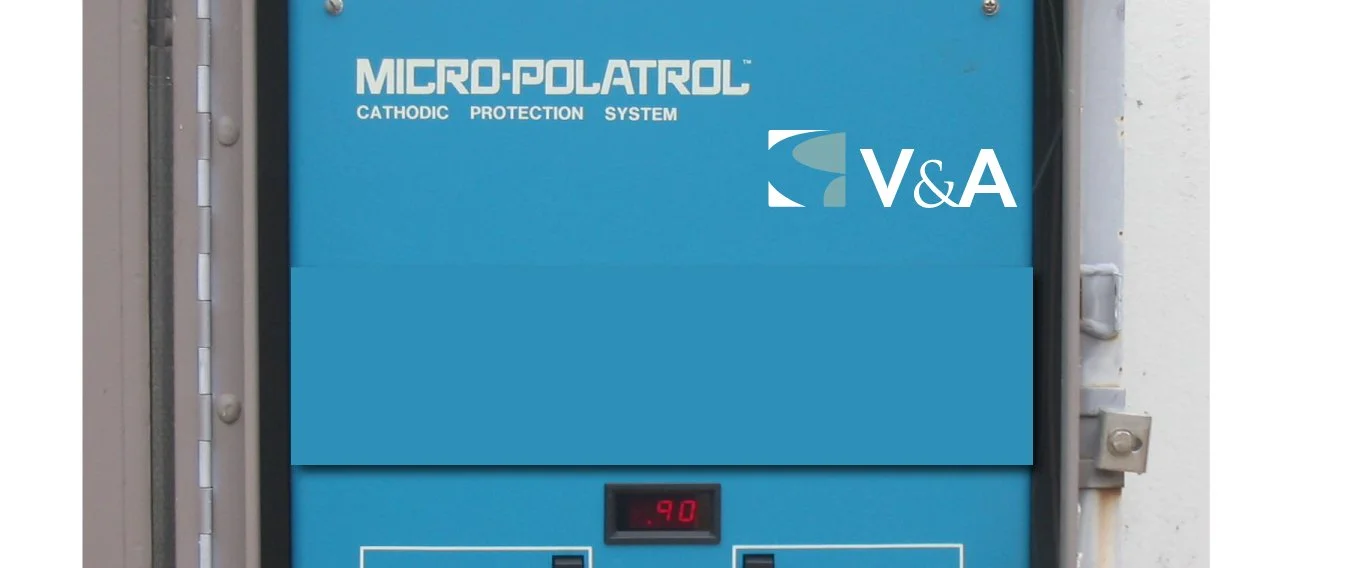The old adage “preparation is key” couldn’t ring truer when applied to protective coatings in the corrosion prevention, water, and wastewater industries. Whether safeguarding a water storage tank against the elements or enhancing the lifespan of wastewater treatment process equipment, applying protective coatings is only as effective as the surface preparation performed before it is applied. V&A’s new blog post discusses the significance of surface preparation and provides an overview of industry standards. Protective coatings offer the first line of defense against the harmful effects of a corrosive environment on infrastructure.
Protective Coatings on Welded Steel Storage Tanks: Is It Time to Repair or Replace?
The decision to repair or replace a protective coating on welded steel storage tanks depends on several factors, including the condition of the existing coating, the extent of damage or deterioration, the remaining service life of the storage tank, budget considerations, and environmental considerations.
Generally, a high-quality protective coating on a well-maintained welded steel storage tank can sometimes have a lifespan of 20 to 40 years or even longer. However, premature coating failure can occur due to various factors, and ongoing inspections and maintenance are crucial to ensuring the longevity of the coating.
How does an owner know when to repair or replace protective coatings?
The First Line of Defense: Coatings and Linings
One of the largest challenges the nation faces is deteriorating infrastructure. Not only is this a result of old age and natural wear and tear, but also from harsh environments that some of our infrastructure have to exist in. The deteriorating effects of these environments can be delayed and protected against simply by applying a coating or lining system. We will briefly discuss some common harsh environments that water and wastewater infrastructure must be able to survive in and that coatings and lining systems offer the first line of defense in extending and preserving their service life.
What is the difference between a cathodic protection system and a corrosion monitoring system?
What is Cathodic Protection (CP) and how does it protect infrastructure?
Cathodic protection is a method of corrosion control that uses an external anode as a current source to impress direct current through the soil onto a metallic structure or pipeline. CP mitigates the flow of corrosion currents that occur when a pipeline is installed in corrosive soil. The pipeline is made more electronegative with respect to the soil, and the pipeline becomes the cathode in the corrosion cell. The current flows along the pipeline to the drain wire to complete the circuit.
Cathodic Protection (CP) Testing Methods for Pipelines
A cathodic protection (CP) system is only protecting your pipeline if it is working properly, and you only know if it is working properly if you test it. At minimum, CP systems should be surveyed annually, and the rectifiers used in impressed current CP systems should be checked bi-monthly. Additional special testing may be required depending on the survey results






